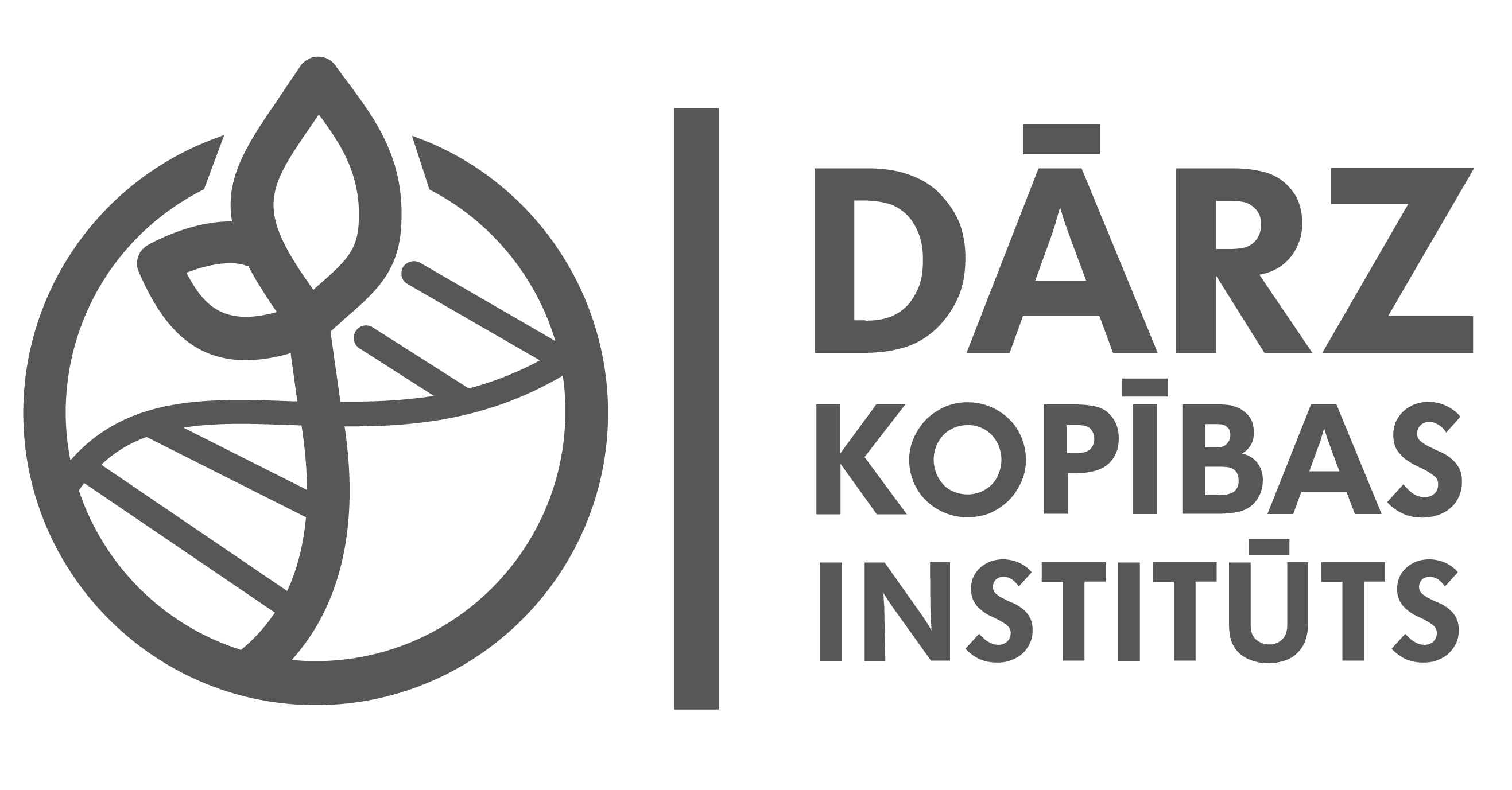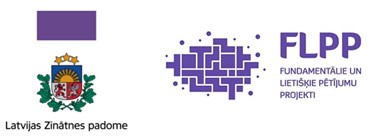Genus Hypericum as a new valuable source of tocotrienols and tocochromanol-related molecules – from ornamental crop to industrial applications

The knowledge about natural sources of tocotrienols and other less abundant tocochromanol-related molecules is limited. This situation is caused by insufficient screening research aimed to find new potential plant sources and some analytical challenges related to the precise identification and determination of minor tocochromanols. Furthermore, there are limited reports describing genotype, environmental and agricultural factors’ impact on the tocotrienol profile, and the application of ‘green’ technologies for their recovery from plant material. Additionally, obtaining tocotrienols from natural sources is of technological, nutritional, and medicinal importance due to their antioxidant and health-promoting properties to support the fight against human diseases. In this context searching for an alternative (non-conventional), cheap, easy to grow and scale-up plant source which will allow for obtaining large amounts of tocotrienols with food-grade quality by using ‘green’ tools and solvents is of interest. Our preliminary study gives reason to believe that plants in the genus Hypericum (St. John's wort, mainly grown as an ornamental plant, with a nearly worldwide distribution), can be an ideal candidate for the above-mentioned purposes.
The main project aims are to grow and screen at least 25 species and 50 genotypes in the genus Hypericum, under different environmental conditions and develop ‘green’ methods for tocotrienols recovery and purification
Project tasks:
- To “take the first step” in understanding the accumulation process of tocochromanols, with an indication of tocotrienols, in different plant parts Hypericum spp.;
- Select the most suitable Hypericum species, genotypes, and agronomical factors that result in large biomass and high concentration of tocotrienols in plant material. Taking into account ‘green’ practices during cultivation;
- Effective use of all parts of H. perforatum (extraction of the hydrophilic and lipophilic bioactive compounds) resulting in environmental, economic, scientific, and health benefits;
- Optimize the processing (drying, extraction, and purification) of Hypericum plant material with an emphasis on the implementation of ‘green’ approaches to obtain high-quality (food/pharmaceutical grade) extracts rich in tocotrienols/tocochromanols;
- Develop and implement ‘green’ and simple protocols and solutions for the sample preparation and detection of tocochromanols in plant material;
- Obtain new knowledge essential for the development of a safe high-quality product prototype rich in tocotrienols isolated from Hypericum spp. utilizing ‘green’ technologies.
